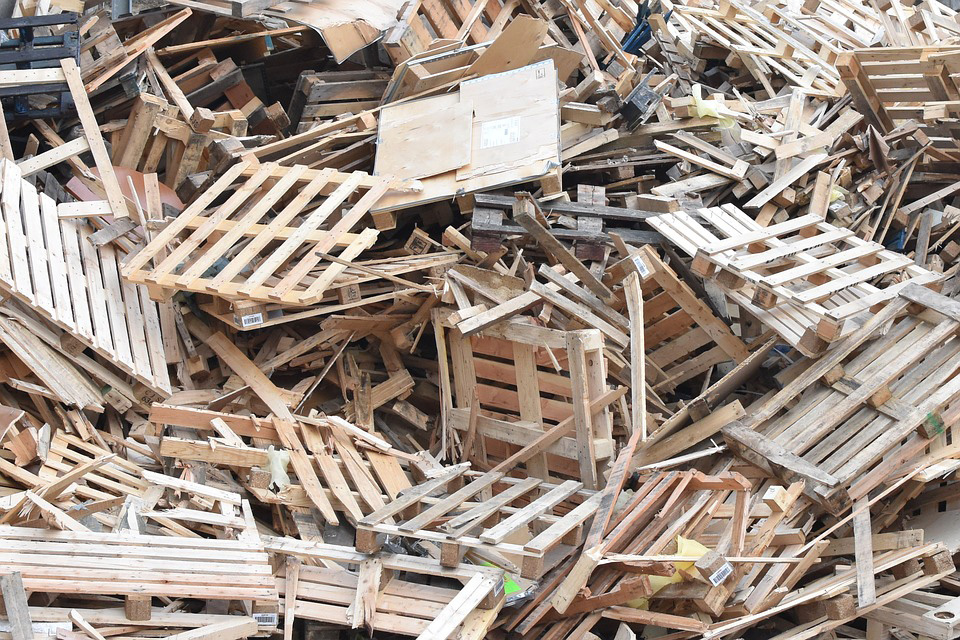Toronto loses about 100,000 trees every year due to old age, diseases, and worms. These trees, when removed, are usually discarded as waste. That’s really unfortunate, considering all the beauty lying beneath the bark.
The beautiful lumber from city-owned fallen trees can easily be recycled and/or repurposed in the form of furniture and in green building designs. As an urban resource, we ask, where does Toronto’s wood waste go?
 |
Where Does Wood Go? Find Out What Happens to Toronto’s Urban Wood Waste |
Toronto has a total of about 4.1 million trees in the city and another 6.1 million trees in the community. Diseases and pests that usually kill these trees are things like Dutch elm disease, the Asian long horn beetle, the gypsy moth, and the Emerald Ash Borer. By next year, it’s expected the Emerald Ash Borer alone will be responsible for killing most of Toronto’s Ash trees.
Of the trees that fall, some are removed while the vast majority are left in place. Removal largely comes down to cost. We don’t have enough resources to remove all the trees which come down. City of Toronto estimated costs of removing a tree is approximately $875/tree. When one calculates the costs paid by the city in addition to that paid by private property owners and the Toronto District School Board, an estimated cost of tree removal yearly is about $478 million. Unfortunately, if one dumps this wood into a landfill, they get nothing for it hence the need for recycling wood waste.
So how does recycling wood work exactly? Well, Toronto’s no more unique in its urban wood recycling than Ottawa, Montreal, Calgary, or Vancouver. Ultimately, wood is recycled into 3 categories. Bio-mass energy or wood chips processed and sold have an estimated value of $26 for recycling facilities. Selling wood waste as a saw log or construction grade can have a value between $42 and $84. Lastly, if one uses wood as an energy source, the estimated value comes around $72. Depending on what category one chooses, wood could end up being filtered into firewood, mulch, wholesale construction lumber, retail construction lumber, or furniture.
Now, what happens if you have a minor or major amount of wood and you want it to go to initiatives like these? Well, Toronto makes use of its wood trees as much as it can but Toronto recycling and waste management actually don’t collect wood. Therefore, to get rid of wood, you’ll need to call a waste management company or a bin rental company i.e. someone with resources to collect and move it.
There are significant regulations in place in Toronto to manage wood waste collection. For example, you can put out wood at the curb and it probably won’t get picked up for months. Christmas trees are picked up only on select days. Larger items like trunks, stumps, and large branches aren’t collected. There are weight and size dimensions to consider. At times in the last decade, due to infestations of pests like the Asian long-horned beetle, there have been additional regulations outlining when, how, and whether you have permission to remove wood from an infested area.
Toronto produces large amounts of wood waste every year. Even with the amount of recycling and repurposing being done, it’s not enough to keep up with production. We hope in the years to come, a more permanent solution is delivered handling urban wood waste in the GTA.